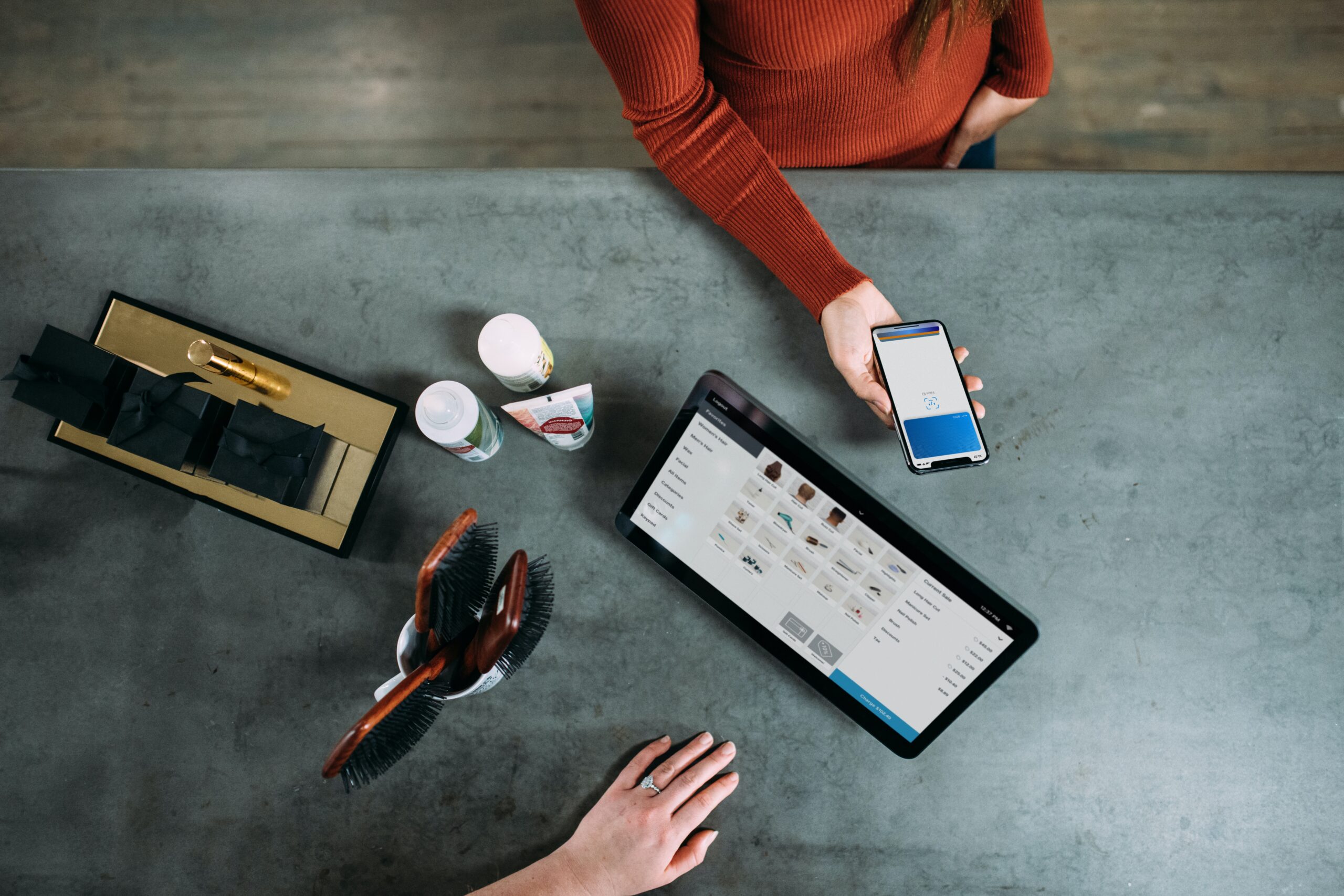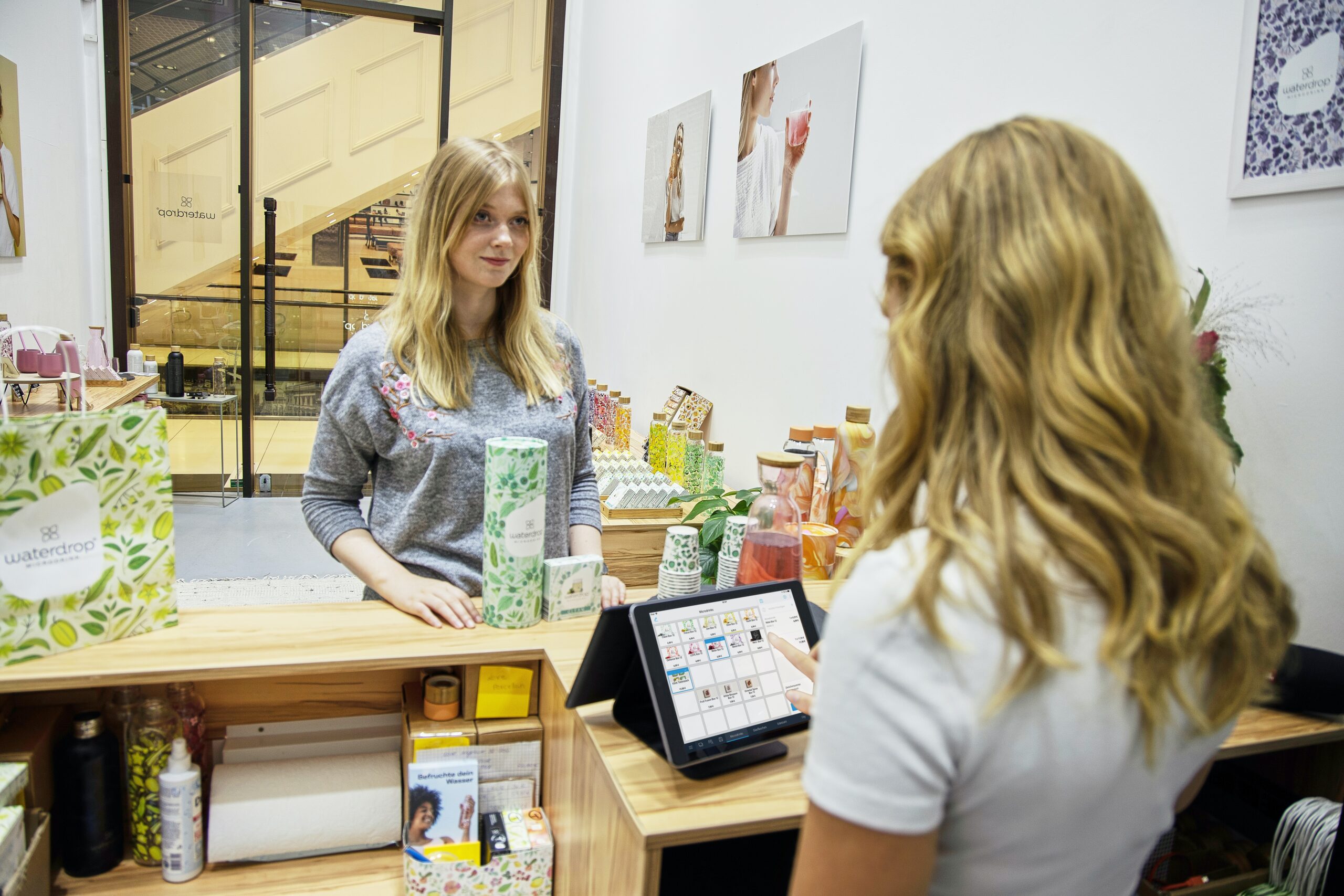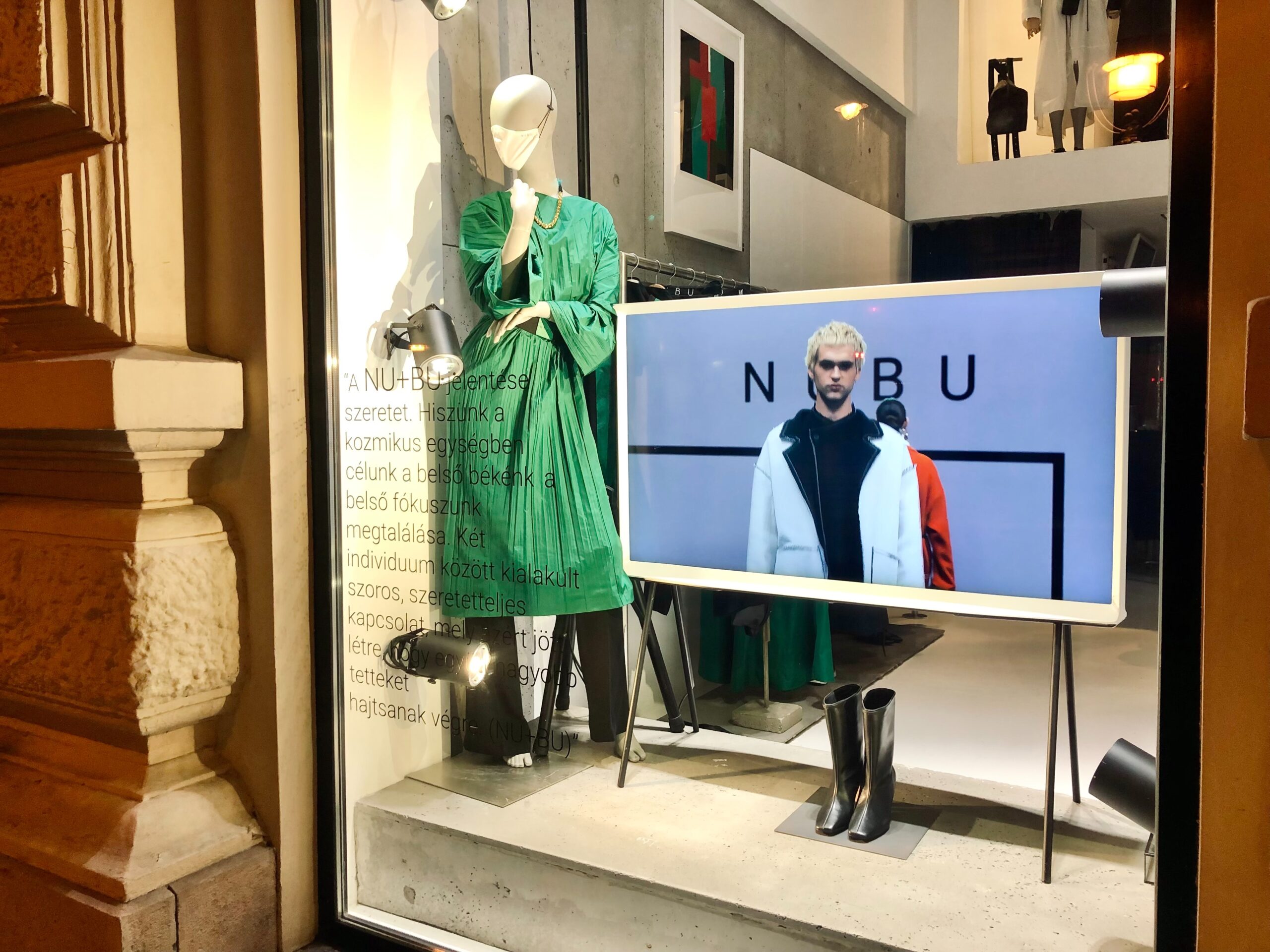Customers walk into your shop, but do they simply browse, or do they immerse themselves in an experience? With the integration of SaaS technologies in the retail sector, that casual browse transforms into a tailored journey. Every touchpoint becomes a chance to captivate, from intuitive product recommendations to swift post-purchase support. This article zooms into the specific areas of retail where SaaS makes a monumental difference.
The SaaS Evolution in Retail
Retailers constantly seek ways to refine operations, serve customers better, and ultimately, boost their bottom line. With SaaS, they have an innovative approach to software delivery that introduces a series of transformations.
The Birth of Agile Retail
SaaS solutions usher in a new era of agility for retailers. Traditional software often required tedious installations and manual updates. Any change meant hours of downtime, sometimes even days. With SaaS, updates happen seamlessly in the background. Retailers enjoy the latest features without disruption, ensuring they always operate at their best.
For instance, consider the point-of-sale (POS) systems. Traditional POS systems needed frequent manual updates, resulting in operational hiccups. With SaaS-based POS solutions, features and security enhancements deploy automatically. This means cashiers experience fewer system crashes and shoppers enjoy quicker checkouts.
Tailored Customer Experiences
Retail today thrives on personalization. SaaS empowers retailers to gather, analyze, and deploy customer data with unprecedented efficiency. Unlike old-school customer relationship management (CRM) systems, SaaS CRMs offer real-time insights.
Consider a fashion retailer. Using a SaaS CRM, they track a customer’s purchase history, noting a preference for vegan leather products. The next time that customer logs into the retailer’s online store, they see a curated selection of new vegan leather arrivals. The customer feels understood, increasing the likelihood of repeat purchases.
Streamlined Inventory Management
Inventory challenges have always plagued retailers. Overstock results in clearance sales, cutting into profits. Understock means missed sales opportunities. SaaS solutions transform this age-old conundrum.
By implementing a SaaS-based inventory management system, retailers gain a birds-eye view of their stock levels, in real-time. A bookstore, for example, can instantly see which titles fly off the shelves and which linger. They adjust orders accordingly, ensuring popular titles remain available and slow-moving stock doesn’t clog up storage space.
Efficient Staff Training and Onboarding
Training retail staff often feels like a revolving door, with seasonal hires and high turnover rates. Traditional training methods, like manuals and workshops, no longer cut it. SaaS solutions come to the rescue.
Imagine a coffee shop chain introducing a new espresso machine. Instead of hosting physical training sessions across multiple outlets, they roll out a SaaS-based training module. Baristas access this module on their tablets, learning at their pace. They practice, take quizzes, and even engage in virtual simulations. The result? Consistent coffee quality across all outlets, without the logistical nightmare of synchronized training.
Data-Driven Decision Making
In modern retail, intuition alone doesn’t suffice. SaaS tools arm retailers with data, converting raw numbers into actionable insights. Whether it’s tracking foot traffic in physical stores or monitoring online cart abandonment rates, SaaS analytics tools offer clarity.
Take, for example, a local grocer keen on optimizing store layout. Using SaaS analytics, they identify the most-trafficked aisles and discover that shoppers often pause at the end of the cereal aisle. Acting on this insight, they place promotional displays in that spot, capitalizing on natural customer behavior and driving impulse purchases.
Financial Efficiency
SaaS not only enhances operational efficiency but also introduces financial benefits. Traditional software procurement meant hefty upfront costs, followed by expenses for maintenance and upgrades. SaaS models operate on a subscription basis, turning capital expenditure into operational expenditure.
A boutique owner, for example, might hesitate at the upfront cost of a traditional CRM system. However, a monthly subscription fee for a SaaS CRM seems manageable. Plus, with no surprise maintenance costs and the ability to scale features based on demand, retailers find SaaS solutions financially palatable.
SaaS Solutions in Retail and Their Impact on Customer Experience
In the dynamic retail environment, the journey to delivering stellar customer experiences often winds through technological innovations. As SaaS gains traction, a plethora of specialized solutions emerge, each honing a specific aspect of retail. Let’s take a look at these solutions and explore their profound influence on the customer experience.
1. Inventory Management Systems: Simple and Smart
Customers want a product. The shelf provides or it doesn’t. Inventory management through SaaS ensures shelves stay stocked. It tells businesses what sells, what doesn’t. Customers get what they desire. Businesses avoid overstocking.
2. Integrated POS Systems: Swift and Personal
Customers buy. Transactions occur. Behind the scenes, SaaS-based POS systems work wonders. They track purchases, tailor future offers. No more irrelevant deals. Customers find relevance; businesses boost loyalty.
3. Customer Relationship Management (CRM): Listen and Adapt
A complaint surfaces. A compliment shines through. CRMs capture both. Powered by SaaS, these systems analyze feedback. Businesses adjust. They respond to praise, address grievances. Customers feel valued. Trust grows.
4. E-commerce Platforms: Convenience at a Click
Shoppers browse online. They seek comfort, choice. SaaS e-commerce platforms deliver. Seamless browsing, secure checkout. Physical stores become optional. Customers enjoy flexibility. Retailers reach wider audiences.
5. Data Analytics Tools: Understand and Enhance
Sales spike on weekends. A product lags in a specific region. Data analytics tools spot these patterns. SaaS makes them accessible, actionable. Retailers spot trends, make informed decisions. Customers benefit from improved offerings.
6. Employee Training Platforms: Equip and Excel
New product launches. Employees need knowledge. SaaS-based training platforms step in. Interactive lessons, quick modules. Employees grasp faster, serve better. Customers experience improved service.
7. Loyalty Programs: Earn and Reward
Customers shop, earn points. Loyalty programs, streamlined by SaaS, make tracking simple. Exclusive offers, special discounts. Rewards fit customer preferences. Shopping becomes an experience, not just a transaction, spurring loyalty audience-wide.
8. Mobile Shopping Apps: Shop on the Go
A commute turns into a shopping spree. Mobile apps, powered by SaaS, make it possible. Streamlined interfaces, personalized suggestions. Shopping fits into pockets. Customers relish the ease; retailers see increased sales.
9. Feedback Systems: Speak and Shape
A voice wants to be heard. Feedback systems facilitate. Real-time reviews, instant ratings. SaaS platforms consolidate, present them. Retailers refine; shoppers guide the change.
10. Virtual Try-On Tools: Visualize and Decide
An outfit intrigues. How does it look? Virtual try-on tools answer. Using SaaS, they create digital fitting rooms. Customers visualize, decide confidently. Returns reduce. Satisfaction rises.
Leading SaaS Platforms For Retail Customer Experience
Here are the names of the platforms at the forefront of the retail customer experience transformation:
- Shopify: A platform that keeps evolving with the future of e-commerce in mind. Shopify doesn’t just provide a space for online selling but continues to integrate futuristic AI and AR elements to enhance the shopping experience. Customers can soon expect even more personalized browsing experiences and augmented reality previews.
- Vend: Beyond just a Point of Sale system, Vend is positioning itself as the tool for retail’s future. Integration with various payment systems and even potential for virtual try-ons in stores could reshape the traditional checkout process. For customers, this means faster, more efficient service tailored to their preferences.
- HubSpot CRM: HubSpot CRM is moving towards creating a holistic understanding of customers. Imagine a system that doesn’t just track sales, but anticipates needs based on global buying trends and individual histories. The future promises customers not just products they want, but suggestions for needs they didn’t even realize they had.
- BigCommerce: A platform that’s all about scalability, BigCommerce is looking towards global market expansions. They’re gearing up to provide tools that cater to diverse markets and cultures. This means customers around the world can expect a more localized, tailored online shopping experience.
- Lightspeed Retail: With a keen eye on integrating online and offline shopping experiences, Lightspeed is working towards a unified retail approach. Customers in the future might seamlessly shift their shopping between online browsers and physical stores, enjoying consistent service and product availability.
- Klaviyo: The future of email marketing lies in precision, and Klaviyo is at the forefront. With advancements in machine learning, Klaviyo aims to craft emails that feel less like broad advertisements and more like messages from a friend who knows exactly what you’re interested in.
- Freshdesk: As customer service channels proliferate, Freshdesk is investing in AI to streamline resolutions. In the not-so-distant future, before a customer even finishes typing out a complaint or query, they might receive solutions based on predictive analysis, ensuring faster and efficient service.
- Proximity Insight: Physical retail isn’t going away; it’s evolving. Proximity Insight aims to elevate the in-store experience with real-time data. Picture walking into a store, and the sales associates already know your style preferences, past purchases, and can even suggest items that would complement your existing wardrobe.
What About the Customer’s Perspective?
Customers don’t just shop—they seek experiences. The right SaaS solution can bridge this gap. But what do customers really want?
Simplicity rules the game. They want clear, easy-to-use platforms. If they’re searching for a product, they expect to find it in seconds. No hassle. No confusion.
Next up: personal touches. Imagine walking into a shop where everyone knows your style. Online, customers want the same. They lean towards platforms that remember past choices and suggest new ones accordingly.
- Predictive searches
- Tailored product suggestions
- History-based recommendations
Switching devices is routine now. A customer might start browsing on a tablet, switch to a phone, and complete the purchase on a desktop. The transition should be smooth. If they add a product to their cart on one device, they expect it to remain when they switch.
Post-purchase support? Non-negotiable. They’ve made a purchase. Now, they want to know where it is. Easy tracking and a hassle-free return process are key. If there’s a hiccup, real-time customer service can turn a potential complaint into loyalty.
Feedback isn’t just about pointing out flaws. It’s a dialogue. Customers want to voice opinions, and they expect brands to listen. A simple, accessible feedback loop can make all the difference.
The Unseen Hand of Data
Data speaks volumes in retail. But raw numbers? They only tell half the story. SaaS solutions step in here, transforming vague data into sharp insights. Every click, view, or cart addition becomes a piece of a larger narrative.
Consider this: a shopper visits a product page often but never buys. Traditional retail might just sigh over a missed sale. SaaS digs deeper. Maybe the price is too steep. Or perhaps negative reviews sway the shopper away.
But SaaS doesn’t just spot problems. It offers fixes. Retailers, armed with these insights, adjust on the fly. They might send a personalized discount to the hesitant shopper. Or maybe they’ll address common product complaints.
Inventory, a thorny issue for many in retail, gets smoother with SaaS. It’s not just about counting stock. It’s about predicting needs. SaaS systems gauge when a product will fly off the shelves or when it’ll gather dust. So, retailers restock smartly, avoiding empty shelves or wasted stock.
In essence, while a shopper might not see the SaaS machinery, they enjoy its fruits. The timely discount, the product always in stock, the feedback-driven improvements — all reflect SaaS’s silent role in reshaping retail experiences.
Conclusion
SaaS in retail transforms the shopping journey by harnessing sophisticated insights and real-time adaptability. It addresses the distinct desires and concerns of today’s discerning shoppers. As retailers adeptly use these tools, they go beyond simple selling to co-create experiences with customers. The retail future centers on connections, with SaaS acting as the chain for fostering those invaluable relationships.



